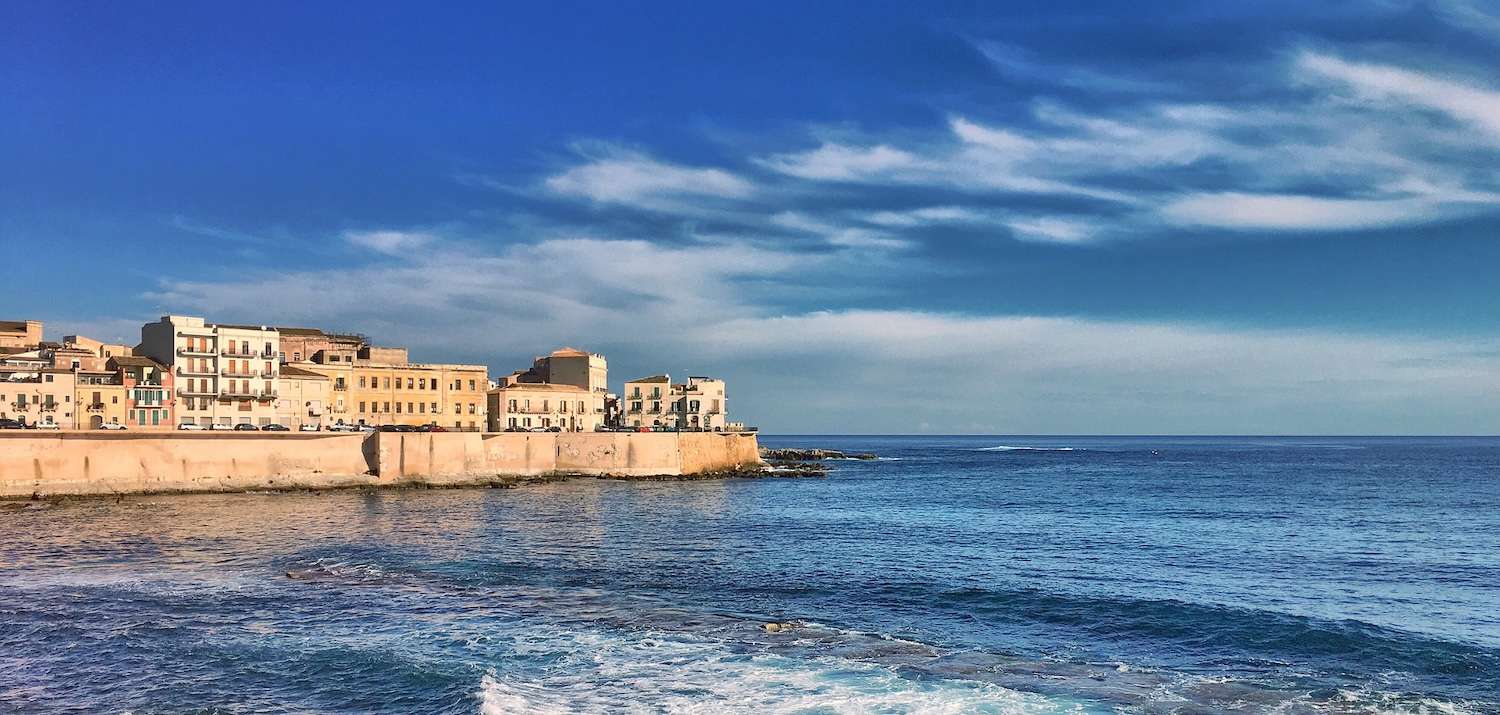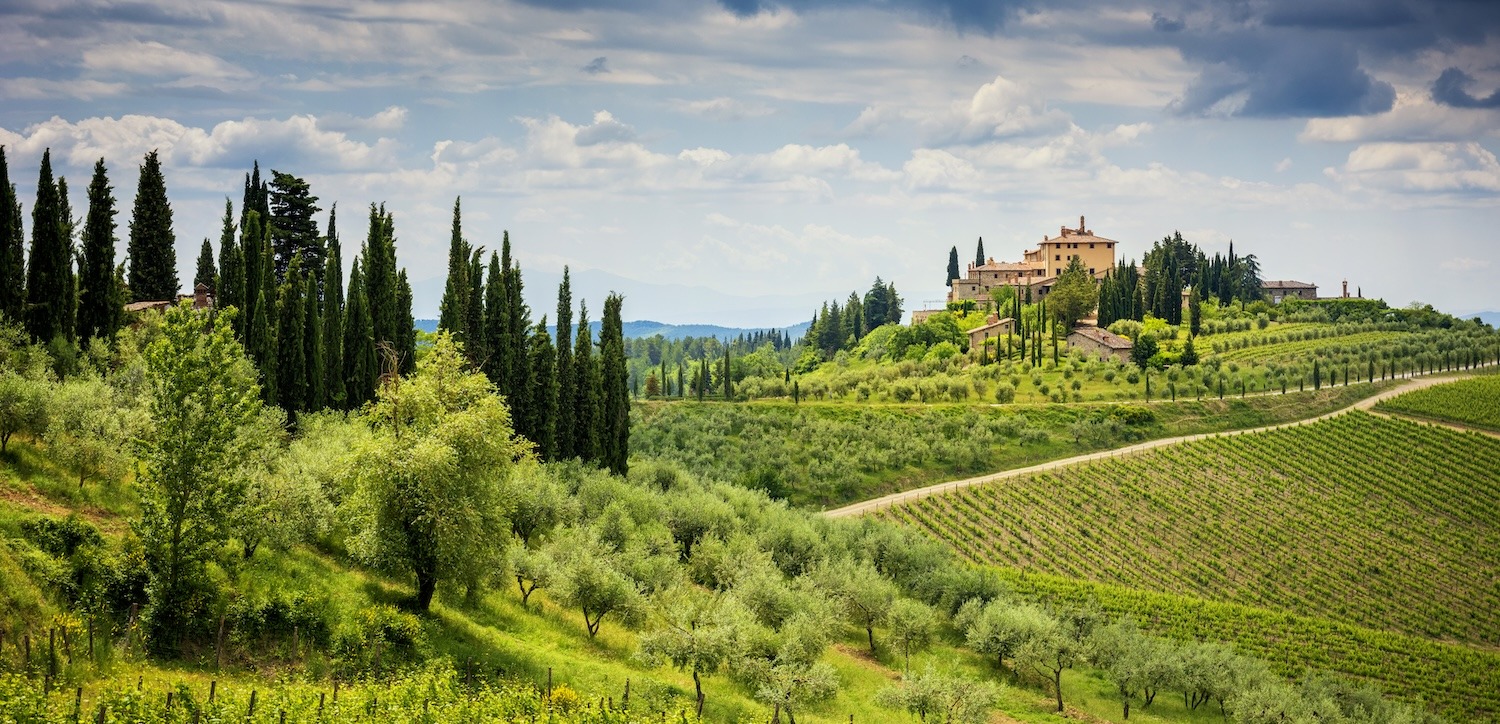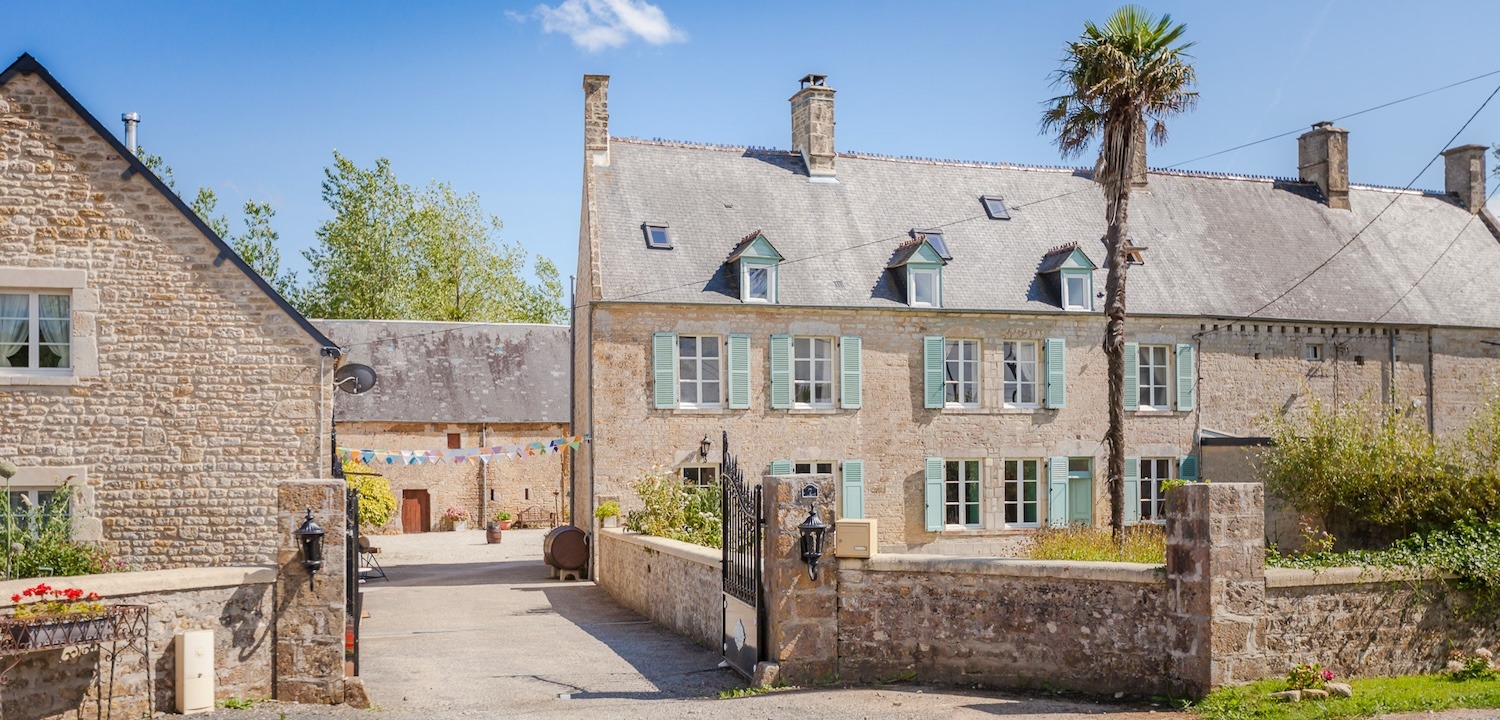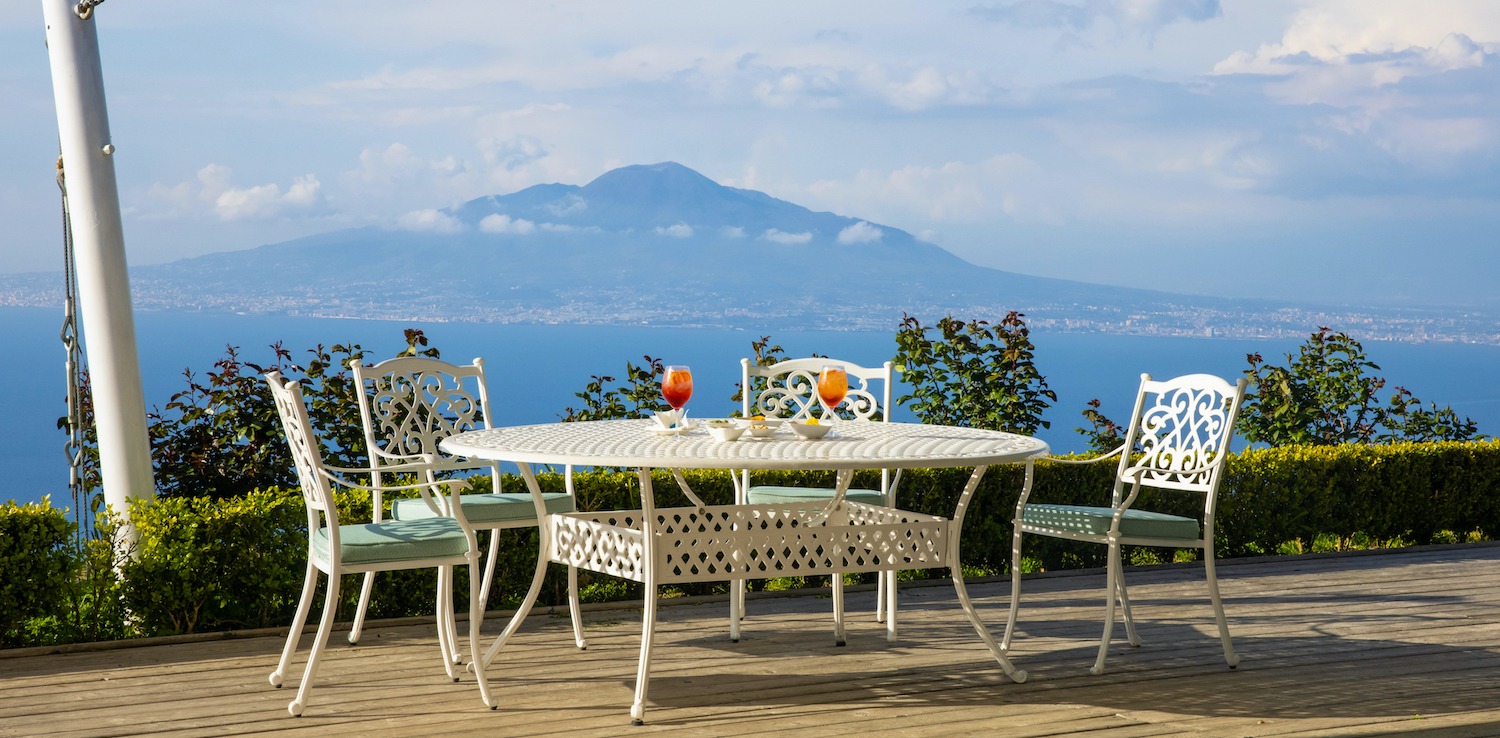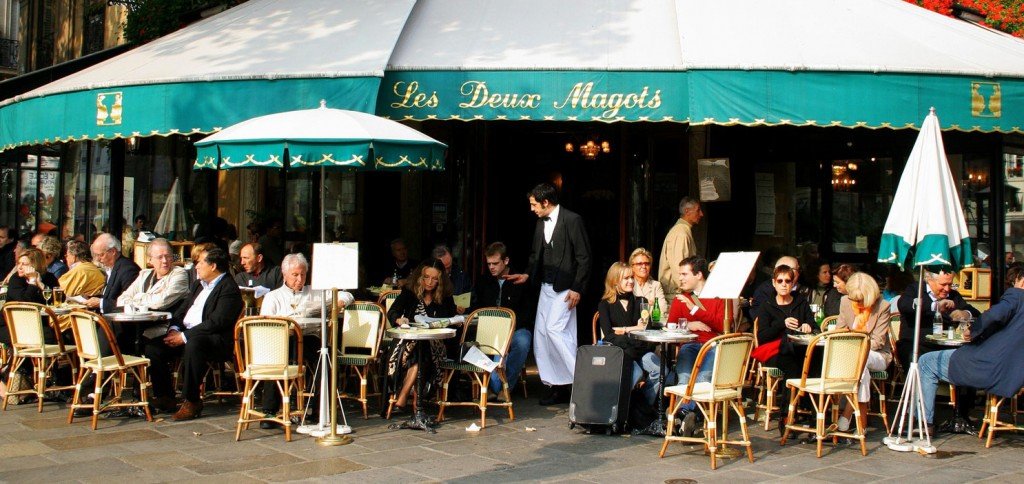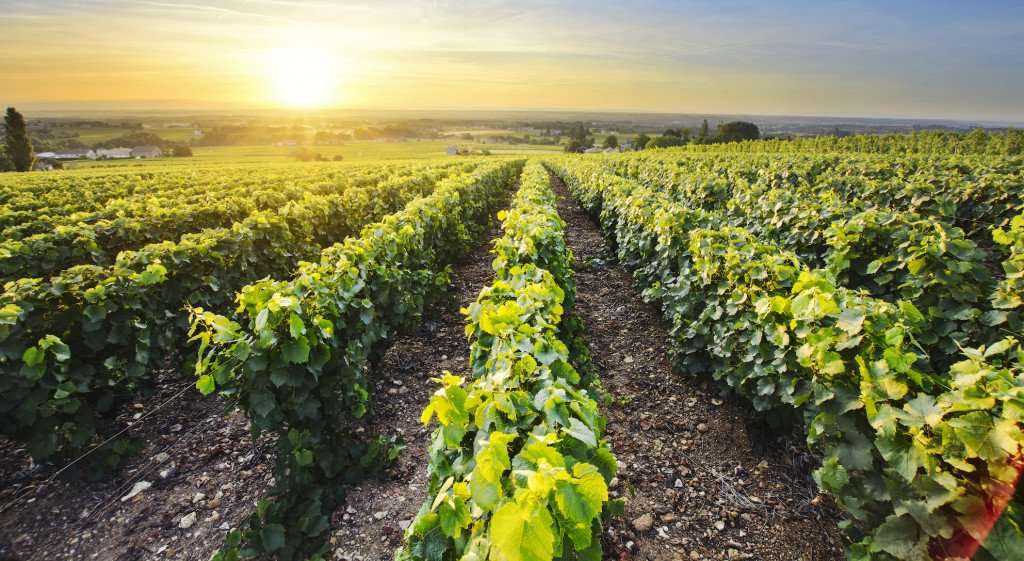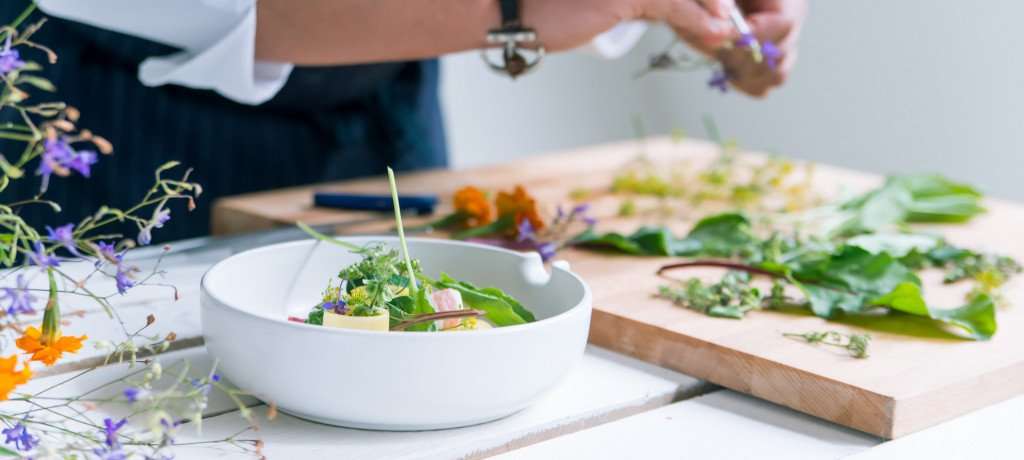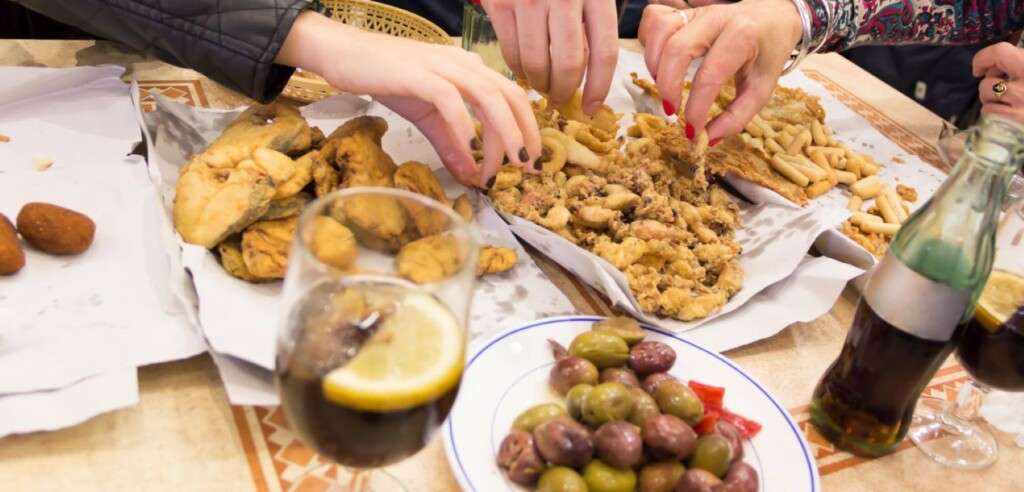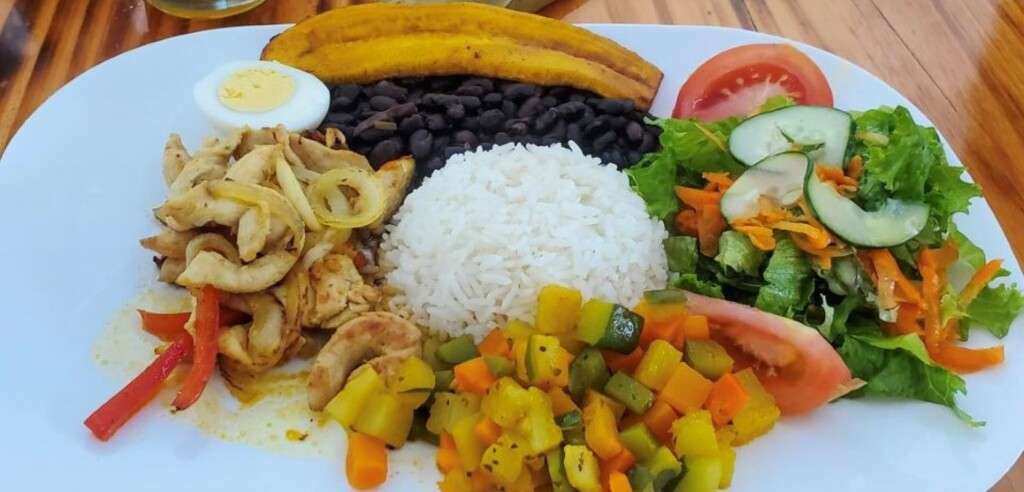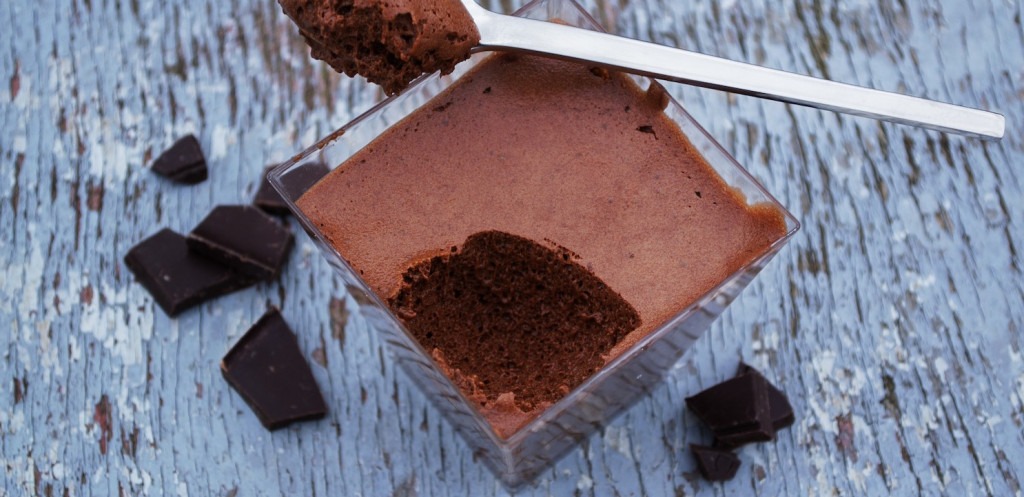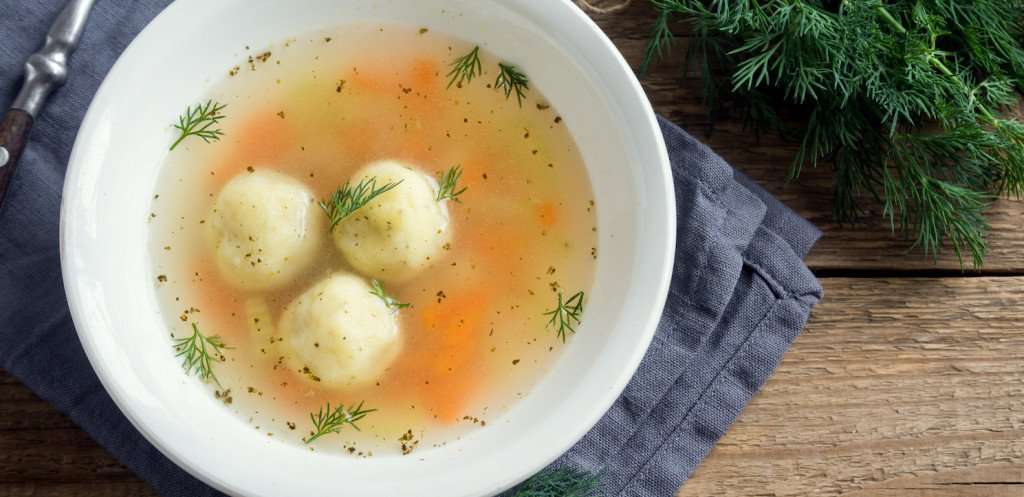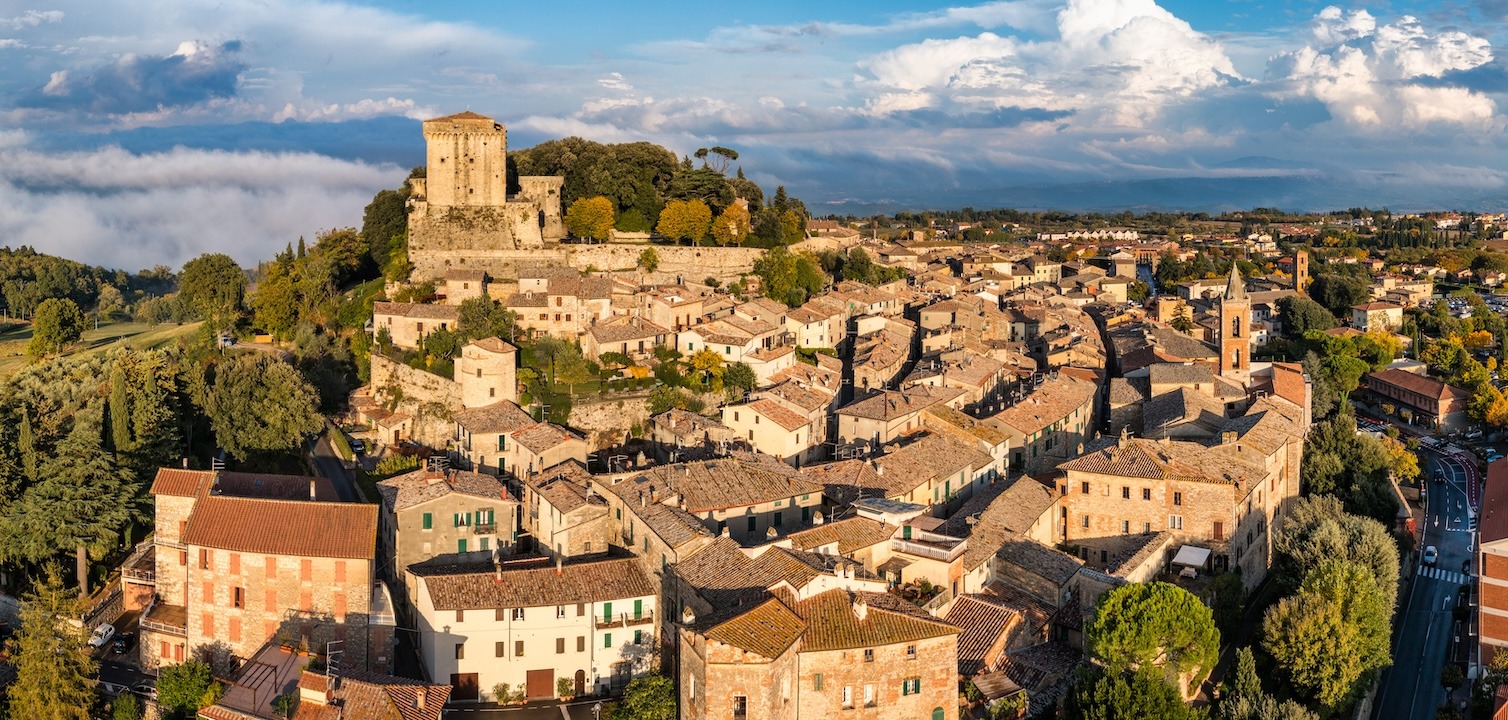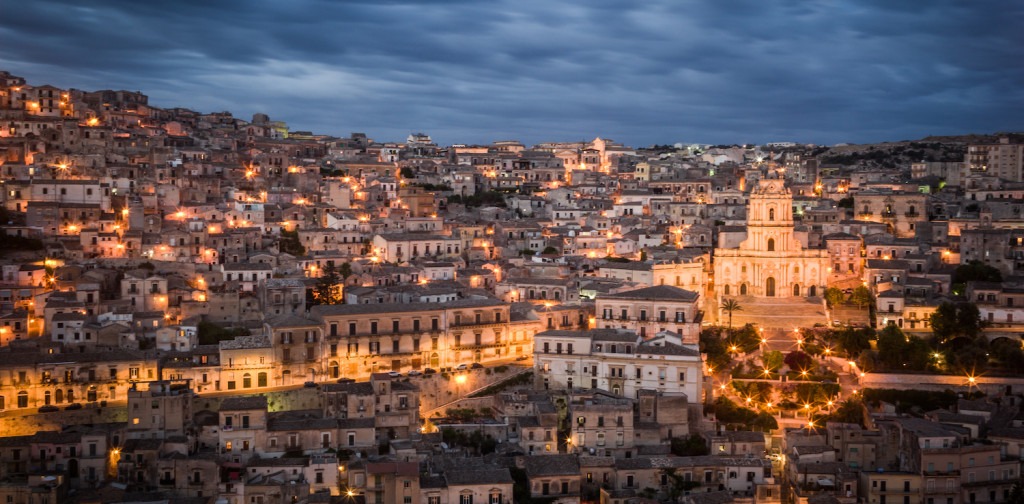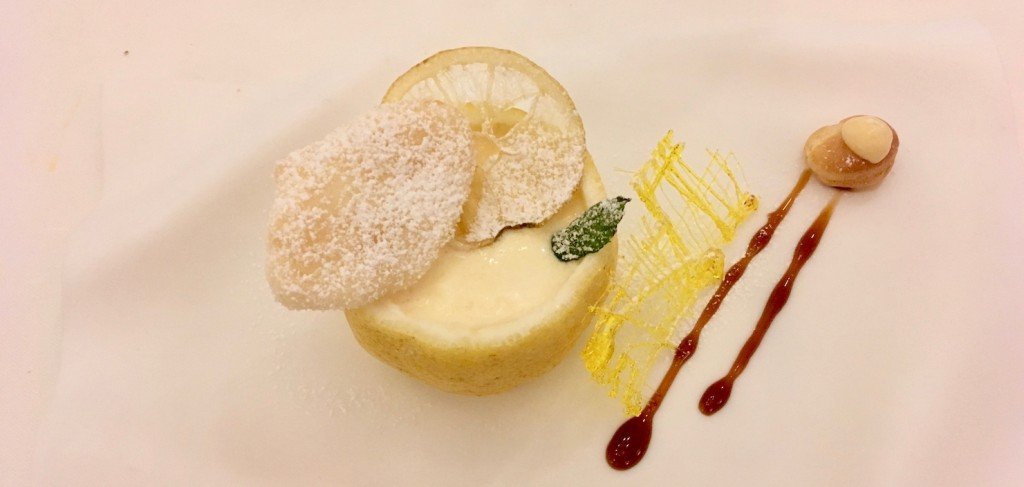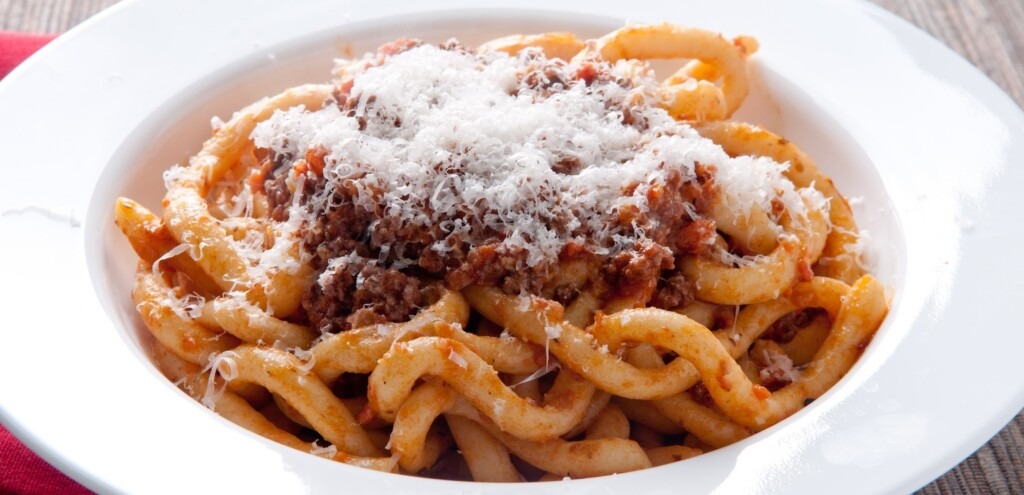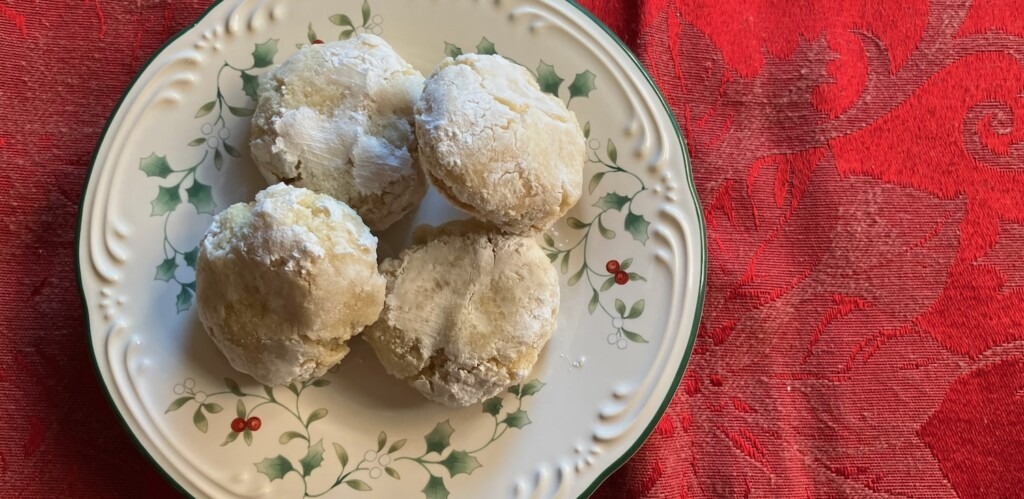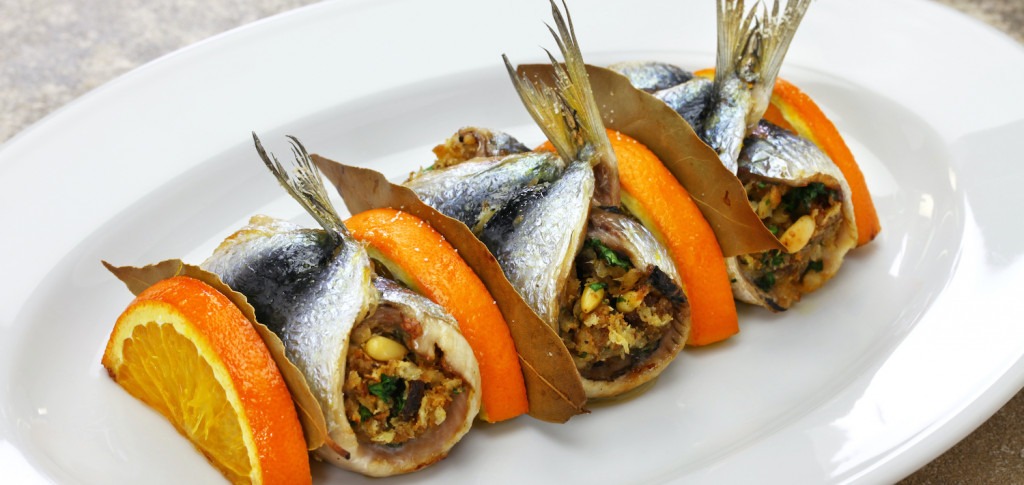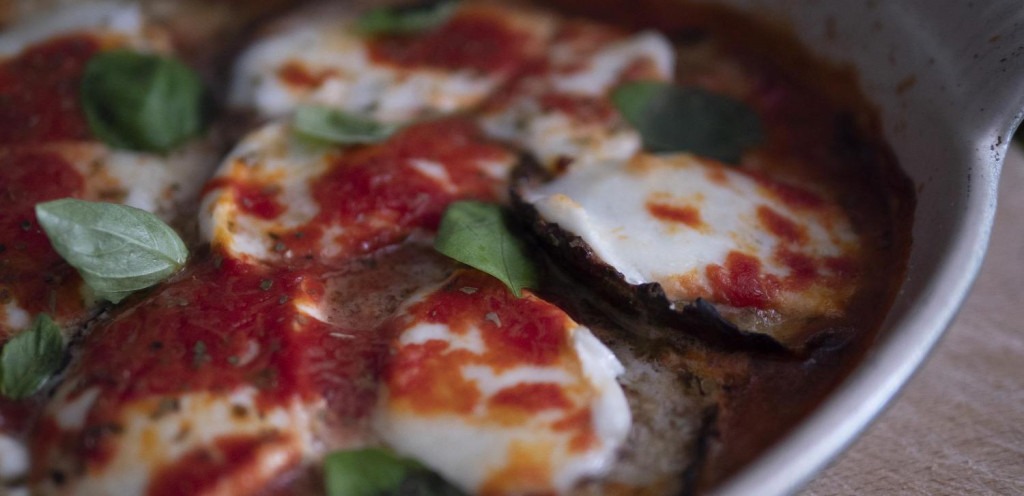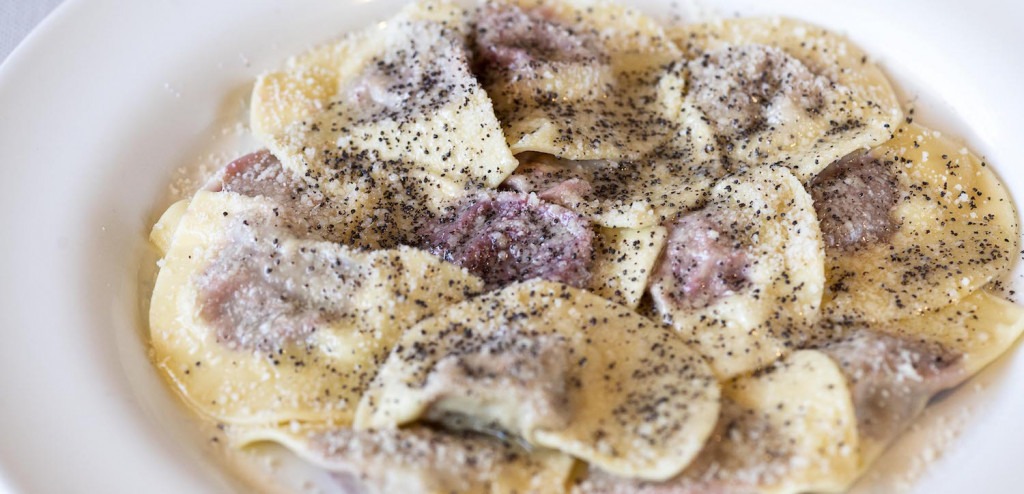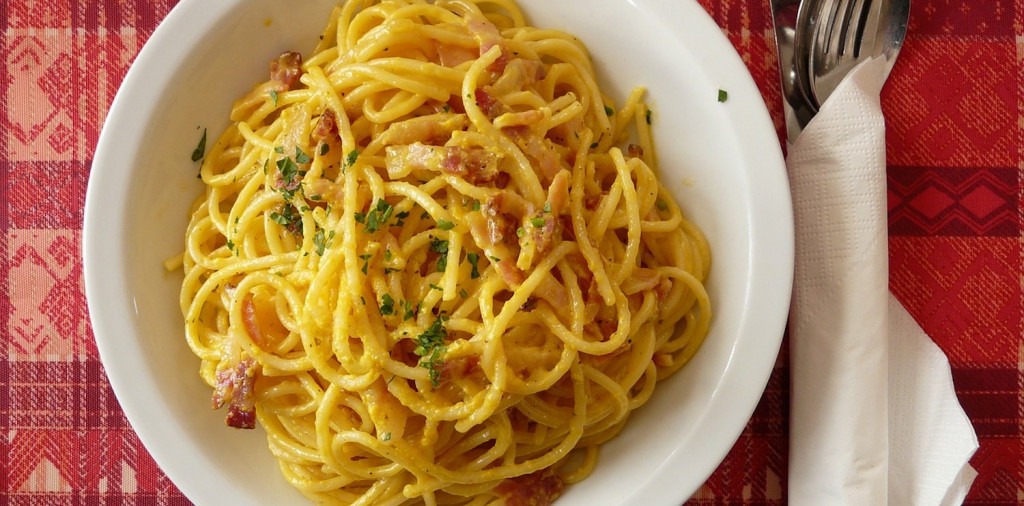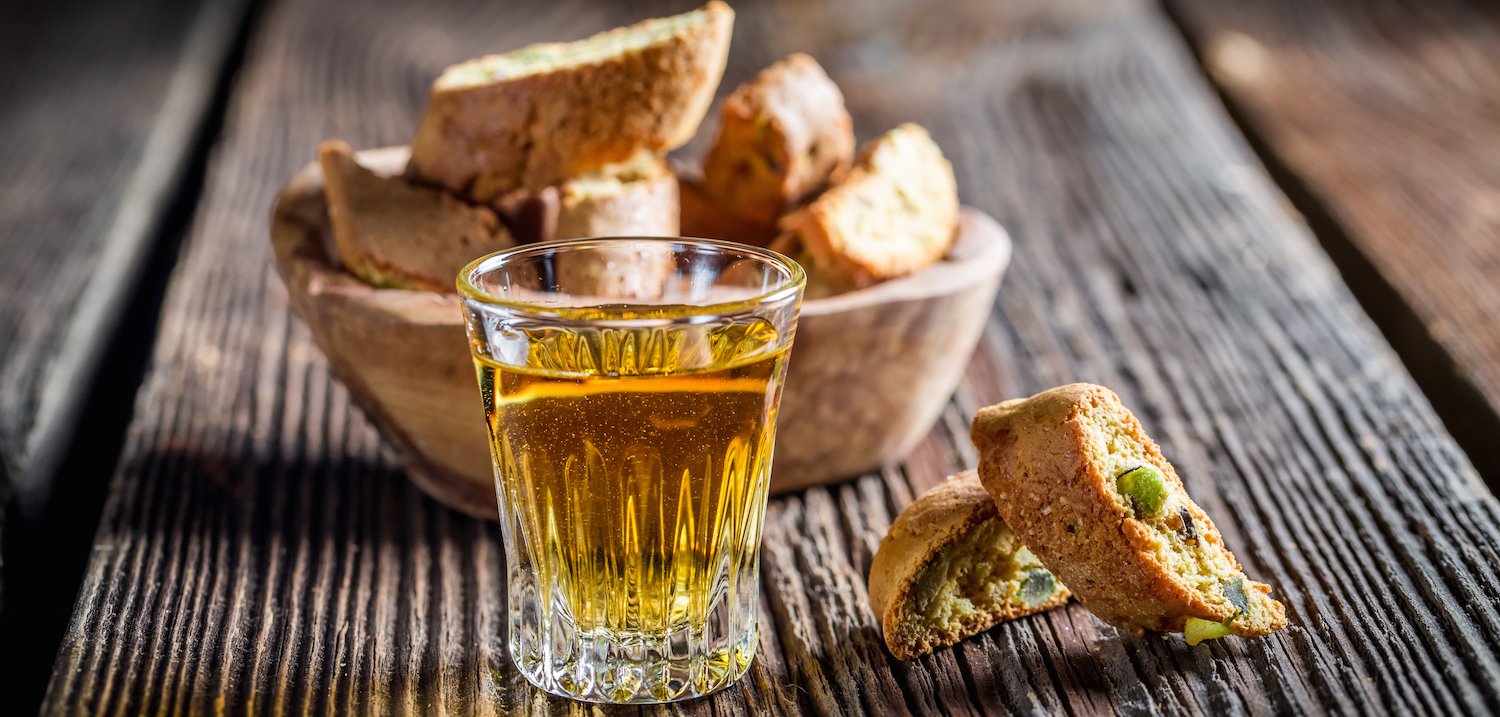
- The International Kitchen
- Blog
- Wine Lover’s Italy – A Guide to Tuscany’s Vin Santo
Wine Lover’s Italy – A Guide to Tuscany’s Vin Santo
-
-
 Italians have developed the knack for making wonderful alcoholic drinks to accompany their desserts, and the result is the many digestivi and dessert wines you will find to end your meal in Italy. One of the most famous examples of this is the delicious Vin Santo, which illustrates how Italians pair a sweet wine with a dry dessert (in the case of Vin Santo with the well-known almond biscotti, or cantucci). The wine sweetens the dessert at the same time the dessert tempers the wine. Vin Santo should definitely be on your “must try” list when you visit Italy on a culinary vacation! Check out our tours of Tuscany.
Italians have developed the knack for making wonderful alcoholic drinks to accompany their desserts, and the result is the many digestivi and dessert wines you will find to end your meal in Italy. One of the most famous examples of this is the delicious Vin Santo, which illustrates how Italians pair a sweet wine with a dry dessert (in the case of Vin Santo with the well-known almond biscotti, or cantucci). The wine sweetens the dessert at the same time the dessert tempers the wine. Vin Santo should definitely be on your “must try” list when you visit Italy on a culinary vacation! Check out our tours of Tuscany.  So, what is Vin Santo? The name literally means “Holy Wine.” There seems little consensus as to how the wine took on that name, perhaps simply because it was used during Mass. In any event, the name has been associated with this type of strong dessert wine for many centuries. Vin Santo is usually 16-18 percent alcohol, and, even though it is made from white grapes (trebbiano, malvasia, or sometimes grechetto), is deep amber in color from the small casks—either oak or chestnut—in which it is aged. It is produced in various regions, but is known mostly as a Tuscan dessert wine. Learn about Tuscan Wines.
So, what is Vin Santo? The name literally means “Holy Wine.” There seems little consensus as to how the wine took on that name, perhaps simply because it was used during Mass. In any event, the name has been associated with this type of strong dessert wine for many centuries. Vin Santo is usually 16-18 percent alcohol, and, even though it is made from white grapes (trebbiano, malvasia, or sometimes grechetto), is deep amber in color from the small casks—either oak or chestnut—in which it is aged. It is produced in various regions, but is known mostly as a Tuscan dessert wine. Learn about Tuscan Wines. 
Sign up to Receive Our Newsletter
As well as travel tips, promotions, and information on our best cooking vacations.
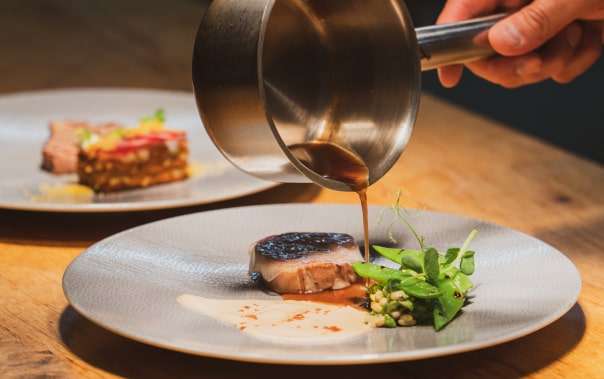
blog
Related Blog Posts
recipes

